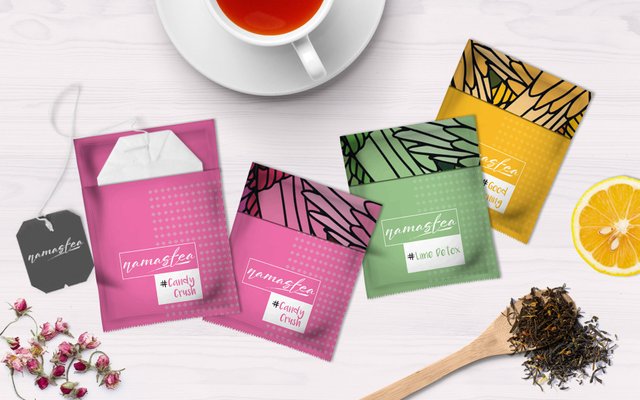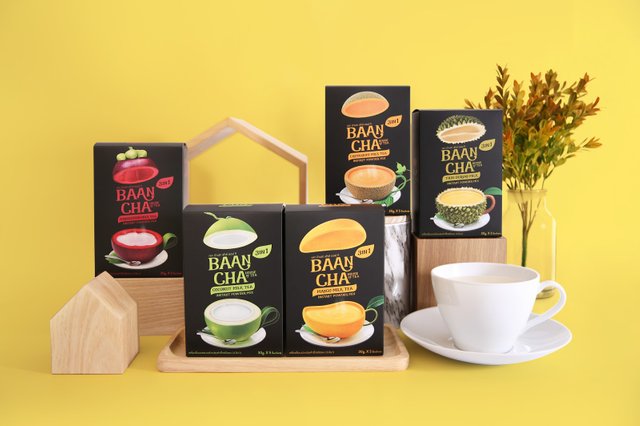Tea is an aromatic beverage that is commonly prepared by pouring boiling water over curved leaves of the Camellia sinensis an evergreen bush native to Asia. It is the most consumed drink after water.
There are many different types of tea; some, like Darjeeling and Chinese greens, have a cooling, slightly bitter, and astringent flavor, while others have vastly different profiles that include sweet, nutty, floral or grassy notes.
Tea basically originated from Southwest China, where it was used as a medicine, well more of a medical drink. It was popularized as a recreational drink during the Chinese Tang dynasty, and tea drinking spread to other East Asian countries. Priest and merchants in Portuguese introduced it to Europe during the 16th century.
During the 17th century, drinking tea became fashionable among British people, who to bypass the Chinese monopoly started massive scale production and commercialization of the plant in India. Combined, China and India supplied 62% of the world's tea in 2016.
The term herbal tea refers to drinks not made from Camellia sinensis: infusion of fruit, leaves, or other parts of the plant, such as steeps of chamomile, rosehip or rooibos. These are sometimes called tisanes or herbal infusions to prevent confusion with tea made from the tea plant.
Packaging of tea comes in different ways some of them are discussed below
- Loose tea
In this kind of packaging tea leaves are usually packaged loosely in a paper bag, canister, or any other container that works as a tea chest. Some wholes teas such as rolled gunpowder tea leave which resists crumbling are sometimes packed for freshness in aluminized packaging for package and retail.
The loose tea can be measured individually for flexibility and flavor control according to ones choice. In order to prevent tea leaves from floating around in the water and over-brewing strainers, tea balls, infused bags and filtered teapots are used.
- Compressed tea
Compressed tea is prepared by loosening leaves from the cake using a small knife, and steeping the extracted pieces in water. During the Tang dynasty, as discussed before, the compressed tea was grounded into a powder, combined with hot water ladled into bowls resulting in frothy mixture. On the other hand in the Song dynasty the tea powder would instead be whisked with hot water in the bowl.
![]()
Although it is no longer practiced in China but the monks in Japan still prepare matcha in the Japanese tea ceremony. Compressed tea was popular in Tang dynasty but was replaced by loose leaf tea in the Ming dynasty. It however remains popular in the Himalayan countries with Mongolian steppes.
- Tea bags
Thomas Sullivan, an American merchant, began distributing samples of his tea in small bags of Chinese silk with a drawstring in 1907. Consumers noticed they could simply leave the tea in the bag and reuse it with fresh tea. However, the potential of this distribution and packaging method would not be fully realized until later on. Tea was rationed in the United Kingdom during World War II.
The pyramid-shaped tea bags introduced by a few English companies’ attempts to address one of the connoisseurs' arguments against paper tea bags by way of its three-dimensional tetrahedron shape, which allows more room for tea leaves to expand while steeping.

However some of these pyramid shaped tea bags have been criticized as being environmentally unfriendly since their synthetic material is not as biodegradable as loose tea leaves and paper tea bag.
Since tea leaves are delicate so they should be packed with caution and also make sure that their aroma is maintained, this is the basic aim of tea packaging.
The packet should also be attractive so that consumers would buy it. It should be well designed and should grab the attention of the customer. A few of packaging that is best for tea are as follow
- Barrier bags
Barrier bags are considered to be among the best bags for tea leaves. They can protect leaves from a number of harmful factors. Their multilayered protection makes sure that the delicate leaves are protected from the detrimental effects of UV rays. Since sun rays are harmful to tea leaves that is why stronger bags are recommended.

- Foil pouches
Foil pouches are useful for packaging small quantities of tea. They can be used in offices, hotels or homes etc. these pouches can also be used for promotional purposes. They can be easily carried in wallet or handbag.
They are better than the tea bags because the foil is of much better quality. It can resist many foreign particles that can be harmful.
Tea, as discussed above, is a famous drink and is consumed just like coffee although more people like to have tea. It offers an extensive market it has a lot of opportunity for exploration but only if the proper packaging is used. The right packaging enables the manufacturer to reach out the customers.
✅ @custompackaging, I gave you an upvote on your post! Please give me a follow and I will give you a follow in return and possible future votes!
Thank you in advance!
Downvoting a post can decrease pending rewards and make it less visible. Common reasons:
Submit
Hi! I am a robot. I just upvoted you! I found similar content that readers might be interested in:
https://en.wikipedia.org/wiki/Tea
Downvoting a post can decrease pending rewards and make it less visible. Common reasons:
Submit
Congratulations @custompackaging! You received a personal award!
You can view your badges on your Steem Board and compare to others on the Steem Ranking
Vote for @Steemitboard as a witness to get one more award and increased upvotes!
Downvoting a post can decrease pending rewards and make it less visible. Common reasons:
Submit